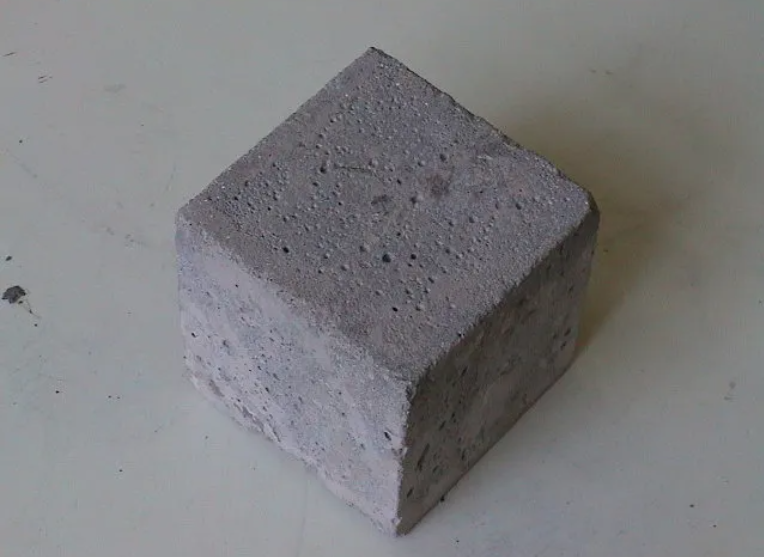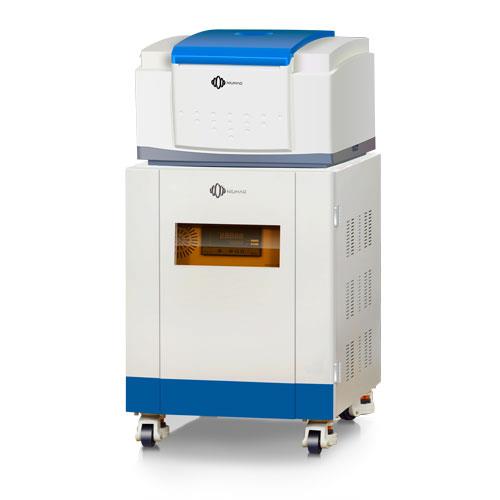Concrete Bleeding and Low Field NMR
What is Concrete Bleeding?
The phenomenon that the coarse aggregate sinks and the water floats up during the transportation, vibration, and pumping of concrete is called concrete bleeding. Bleeding is an important aspect of the workability of fresh concrete. Usually, the indicators describing the bleeding characteristics of concrete include the bleeding amount (ie, the average bleeding amount per unit area of the concrete mixture) and the bleeding rate (ie, the ratio of the bleeding amount to the water content of the concrete mixture).
Causes of Concrete Bleeding
- Concrete water cement ratio
The greater the water-cement ratio of concrete, the longer the time for cement to set and harden, the more free water, the longer the time for water to separate from cement, and the easier for concrete to bleed; too much admixture in concrete, or the addition of retarding components Too much water will cause a large amount of bleeding and segregation of freshly mixed concrete, and a large amount of free water will leak out of the concrete surface, affecting the setting and hardening of cement, and the water retention performance of concrete will decrease, resulting in severe bleeding.
- Cement material
As the most important cementitious material in concrete, cement is closely related to the bleeding performance of concrete bleeding. The setting time, fineness, surface area and particle distribution of cement all affect the bleeding performance of concrete. The longer the setting time of the cement, the longer the setting time of the prepared concrete, and the extension of the setting time is doubled compared with the cement paste. Before the concrete is left to stand and hardens, the longer the cement particles settle, the more concrete the concrete will be. Easy to bleed; the coarser the fineness of the cement, the smaller the surface area, the less fine particles (<5μm) in the particle distribution, the less the early cement hydration, and the less hydration products are not enough to seal the capillary in the concrete The holes make the internal moisture easy to move from bottom to top, and the more serious the bleeding of concrete is. In addition, there are also some cements ground by large mills (especially systems with high-efficiency classifiers). Although the surface area is larger and the fineness is finer, due to the high efficiency of powder selection, fine particles (less than 3-5 μm) in cement ) content is small, and it is easy to cause Concrete bleeding and powdering on the concrete surface.

Harm of Concrete Bleeding
Concrete with quicksand and water streak defects has poor surface strength, weathering resistance and erosion resistance. At the same time, the floating of water leaves bleeding channels in the concrete, that is, a large number of capillary channel networks that develop from the bottom to the top layer, these channels increase the permeability of the concrete, and the salt solution, water and harmful substances easily enter the concrete, making the concrete Surface damage. Bleeding increases the water-cement ratio on the concrete surface, and laitance appears, that is, the floating water contains a large number of cement particles, forming a back-slurry layer on the concrete surface, and the strength is very low after hardening, and the wear resistance of the concrete decreases. This is very harmful to concrete with wear-resistant requirements such as road surfaces.
low-field NMR in Concrete Research
Low field NMR analysis is a new technology emerging in recent years to quickly measure the physical parameters of cement and rock. Water is a substance with the most hydrogen protons in nature, and since the signal source of NMR is mainly hydrogen protons, the more hydrogen protons, the higher the water content, and vice versa. Therefore, through the method of semaphore calibration, NMR technology can be used to measure the mass of water in substances. After the porous medium is vacuum saturated, most of the internal pores are occupied by water. The NMR technology can calculate the volume of the pores in the porous medium by measuring the mass of water and the known density of water, so as to obtain its porosity. This technology can study the pore structure changes of different cement-based materials, etc.
 NIUMAG
NIUMAG


